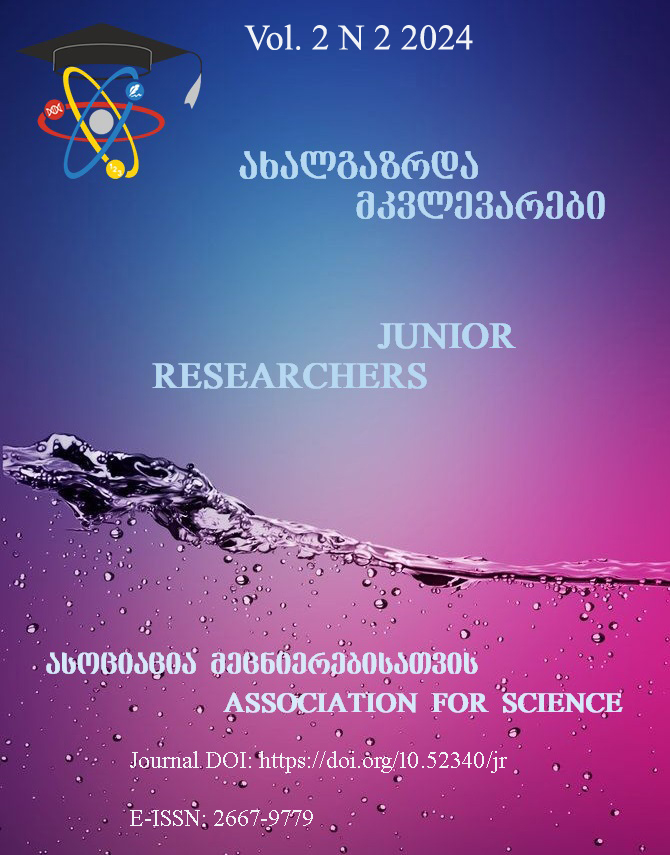Abstract
Automatic detection of land parcel visible boundaries and creation of basic spatial data necessary for cadastral mapping using very high resolution images obtained by drones and deep learning methods is an important task in terms of improving land administration systems, streamlining the process and reducing the costs required for their production. The data obtained through these methods can be successfully used as a spatial framework for Fit-For-Purpose land administration. In this article, the U-Net deep learning model was used to delineate the visible boundaries of land parcels from orthomosaics generated using aerial photographs taken by a drone over four villages in Tsageri municipality. The raster layer depicting the boundaries was processed using various algorithms, resulting in vector data that corresponds to parcel boundaries. This data can be used for the preparation new cadastral maps or for updating existing ones.
References
Arbeláez, P., Fowlkes, C., & Martin, D. (n.d.). The Berkeley Segmentation Dataset and Benchmark.
Ronneberger, o., Fischer, P., & Brox, T. (2015). U-net: Convolutional Networks for Biomedical Image Segmentation. International Conference on Medical Image Computing and Computer-Assisted Intervention. Springer. https://doi.org/https://doi.org/10.1007/978-3-319-24574-4_28
Williamson, I. P., Enemark, S., Wallace, J., & Rajabifard, A. (2010). Land Administration for Sustainable Development. ESRI Press Academic.






